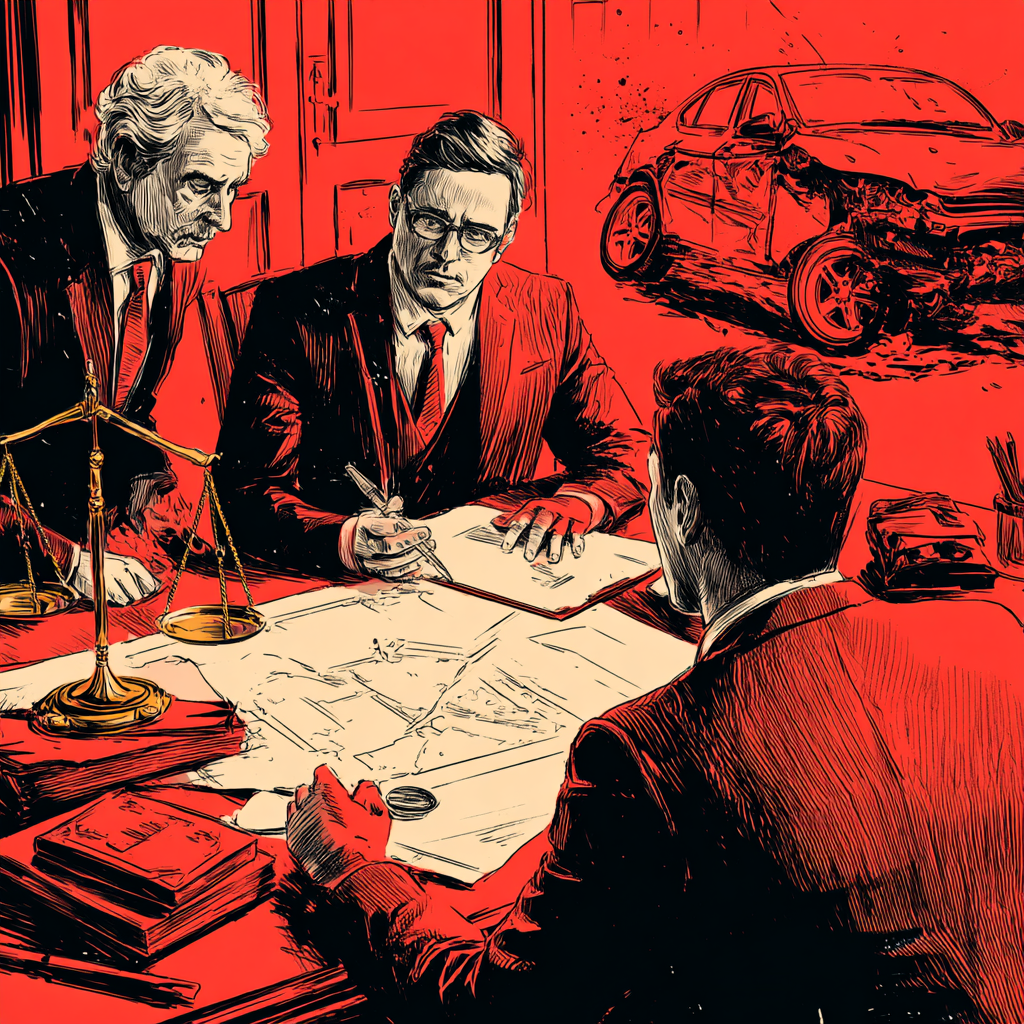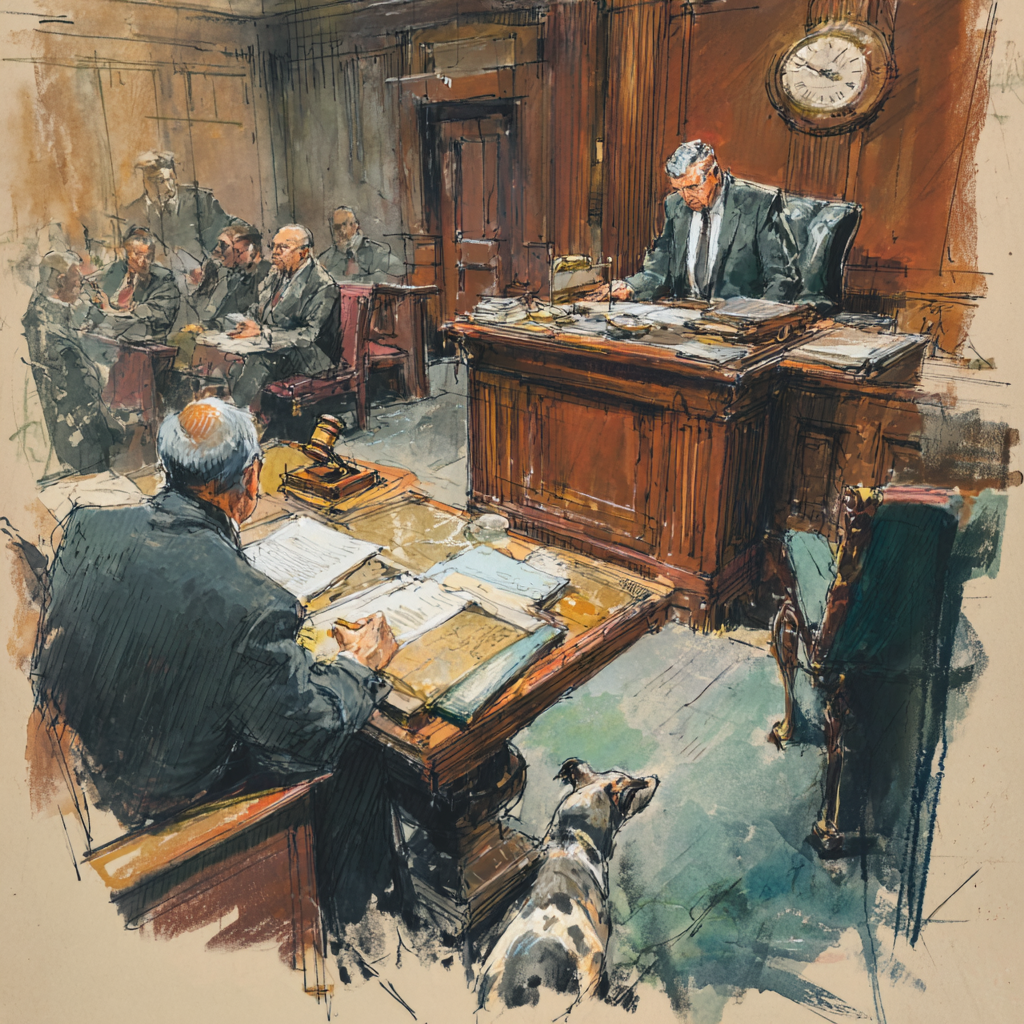
Car accidents happen out of nowhere. Injuries build up fast, bills start coming in, and insurance rules add layers of confusion. New York’s no-fault system gets people help quickly, but it leaves some holes. Anyone who has gone through a fender bender understands the need for close attention. This post breaks down the basics and shares strategies to bolster claims, starting with key ideas and moving to professional support.
Grasping New York’s No-Fault Insurance Setup
New York’s no-fault insurance, known as Personal Injury Protection (PIP), shifts how drivers manage accident claims. It skips questions of fault and covers medical costs and lost wages right away, regardless of who triggered the crash. State law mandates that drivers carry at least $50,000 in PIP. This policy handles hospital visits, rehab sessions, and related expenses. The focus stays on speed rather than blame.
Other states use tort systems where victims file lawsuits against at-fault drivers for damages like pain and suffering. New York limits those lawsuits. Victims can only seek non-economic losses if they prove a “serious injury.” That might mean fractures, permanent limitations, or long stretches away from work. This method keeps premiums lower, though it can restrict recoveries unless people meet the standards. More information on serious injury thresholds can be found on the New York State Bar Association website.
Drivers need to keep up the $50,000 PIP minimum. They can choose higher limits or extra options for things like funeral costs. Boosted coverage adds peace of mind for those who afford the premium hike.
First Actions After a Car Accident in New York
Safety comes first after a collision. People should check everyone for injuries. If possible, they move vehicles out of traffic and call 911. They snap photos of the scene, damage to cars, and skid marks. Those images support claims later.
Drivers file a police report, especially if injuries occur or damage runs high. State law requires one for property losses above $1,000, but filing always pays off.
Next, drivers notify their insurance company. They have 30 days to report or risk denial. They also inform the other driver’s insurer if going after them. For damage over $1,001, they report to the DMV. Missing these steps creates problems.
People seek medical care immediately, even without clear symptoms. Injuries sometimes show up days later. They keep all records from ER visits to follow-up exams. These papers tie the crash to health issues and solidify the case.
Boosting PIP Benefits
PIP covers a range of costs. It pays 80% of medical bills up to the policy limit, replaces lost income at up to $2,000 per month for three years, and provides $25 per day for help with household tasks during recovery. Families get a death benefit if the worst happens.
Doctors who handle no-fault billing make things easier by dealing directly with payments. Insurers might demand approval for specific treatments, so people watch that process. They address billing disputes quickly.
For claims, people fill out the right forms and hit deadlines—medical bills usually need submission within 45 days. They attach receipts and doctor notes. Regular check-ins with the insurer track status, since holdups happen often.
A driver once put off paperwork and missed out on wage replacement. Staying on top avoids those pitfalls.
Deciding When to File a Lawsuit: The Serious Injury Standard
Insurance Law § 5102(d) lists nine types of “serious” injuries, including significant scarring, broken bones, or lasting loss of function. The 90/180 rule kicks in if the injury disrupts daily life substantially for 90 days in the first 180 after the accident.
People collect medical evidence like imaging results, reports, and expert views to connect injuries to the crash. Insurers frequently argue that conditions predated the event, so strong proof pushes back.
Patients stick with treatments to show ongoing issues. Doctors who know no-fault guidelines assist. Thorough documentation often tips the scales for success.
Managing Insurance Companies and Denials
Insurers reject claims over missed deadlines, thin evidence, or questions about treatment needs. Policies leave out intentional acts.
People appeal denials through the company’s internal steps first, then turn to the New York Department of Financial Services or arbitration. No-fault rules mandate arbitration for many disputes, which moves faster than court. Information on the arbitration process is available on the DFS website.
Drivers steer clear of recorded statements that could twist details. They supply necessary info but hold back on extras. In sticky spots, they hire a lawyer—going alone seldom succeeds.
Exploring Extra Recovery Paths
PIP takes care of essentials, but serious injuries open doors to lawsuits against the driver at fault. Property damage sits outside no-fault; people claim it from the responsible party’s insurer. Uninsured motorist coverage steps in when the other side lacks insurance.
Accidents on the job mix workers’ compensation with no-fault. People coordinate both to avoid double-dipping, and they watch for subrogation where insurers settle up.
Pedestrians and bike riders tap PIP from the striking vehicle’s policy. Commercial trucks face stricter rules. Crashes involving out-of-state drivers blend laws and spark issues. New York uses its own rules, but clashes with other states complicate matters.
A case involving a delivery van showed how minor points sway results.
Partnering with Legal Experts
Straightforward crashes might skip lawyers, but big injuries or rejections demand early input. Specialists tackle knotty policies and tough negotiations.
Lawyers examine cases closely, dig into facts, and bargain hard with stubborn insurers. Most disputes settle out of court, but trial readiness boosts bargaining power.
People layer PIP with liability suits and health plans for complete coverage. They time settlements around lasting impacts and manage money wisely. The Law Office of Jason Tenenbaum, P.C. specializes in personal injury matters and guides clients through the process. Reach out at 516-750-0595 for a consultation—support stands ready.
Wrapping Up: Steering Your Recovery
No-fault success hinges on quick actions, solid proof, and knowledge of lawsuit options. People document everything, tap PIP fully, and consider serious injury paths. Lawyers versed in New York personal injury law deliver real advantages. They consult sites like DFS or bar groups. Recovery goes beyond physical healing—it restores balance. People push for the best instead of settling for less.









One Response
I appreciate you sharing this blog post. Thanks Again. Cool.